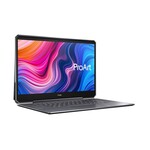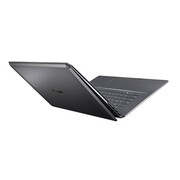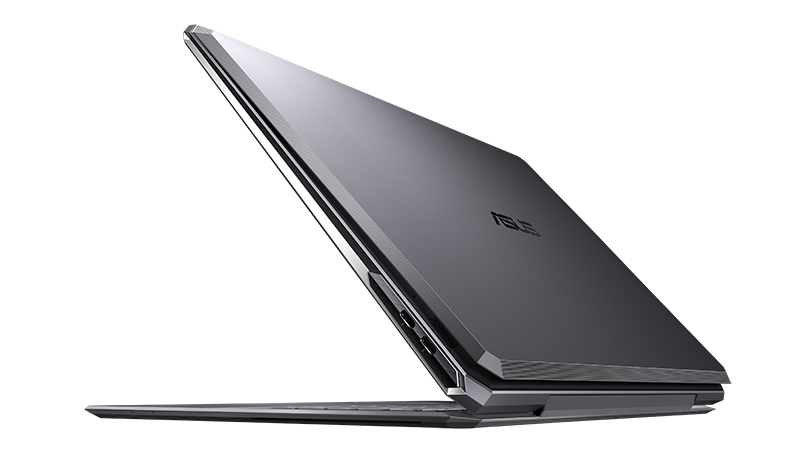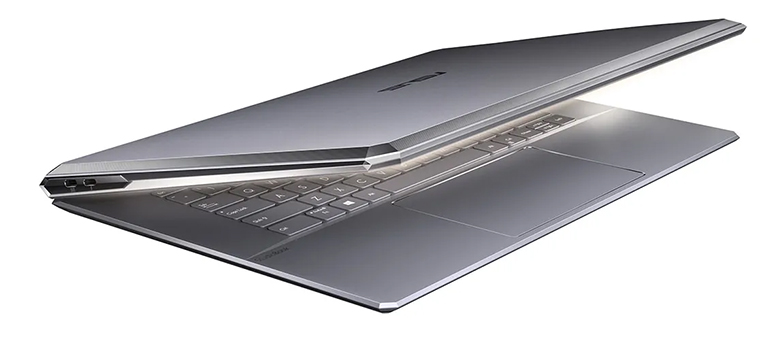Asus ProArt StudioBook One
Specifications

Price comparison
Average of 2 scores (from 6 reviews)
Reviews for the Asus ProArt StudioBook One
Source: Hardware Zone
 Archive.org version
Archive.org versionThe world’s most powerful mobile workstation has landed in the office (well, my home to be more accurate because #WFH) – the ASUS ProArt StudioBook One (W590). It takes that bragging right by virtue of its NVIDIA Quadro RTX 6000 GPU, which boast a whopping 24GB of GDDR6 memory, and is intended to help bridge the gap between powerful, but bulky, desktop workstations and laptops. It also cost an face-melting S$18,688. Clearly, this notebook isn’t for the likes of you and I. Rather, the ProArt StudioBook series are built to cater to very specific needs of graphics professionals, digital artists, animators, and more. To provide these creators with a portable system with workstation-class power, enabling them to take advantage of it wherever they go.
Single Review, online available, Short, Date: 09/04/2020
Source: Pokde
 Archive.org version
Archive.org versionWell, even by looking at the price, I guess most of us would understand that this isn’t a machine meant for us. Heck, I didn’t even know how to fully test out such a system. With what I have, I can see that the ASUS ProArt StudioBook One is truly quite an interesting machine. But overall I think that this machine is probably more of a concept design than a laptop that ASUS and NVIDIA expects to fly off shelves.
Single Review, online available, Very Long, Date: 08/26/2020
Rating: Total score: 76% price: 69% performance: 83% mobility: 70% workmanship: 75%
Source: CNet
 Archive.org version
Archive.org versionAsus, the company that brought you the hinge with a lift, stands that idea on its head -- or really its lid -- for the ProArt StudioBook One. It's a high-ranking member of Asus' creator-focused laptop line, designed for professionals who need workstation graphics. The StudioBook One opens a gap behind the screen when you lift the lid, increasing the amount of cool air the fans can suck in from the bottom and sides without requiring big, unsightly vents.
Single Review, online available, Long, Date: 08/11/2020
Rating: Total score: 80% performance: 80% mobility: 80% workmanship: 80%
Foreign Reviews
Source: Tweakers
 NL→EN Archive.org version
NL→EN Archive.org versionPositive: Good cooling system; powerful hardware; high performance; nice ergonomy.
Single Review, online available, Short, Date: 09/09/2019
Source: The Gioididong
 VN→EN Archive.org version
VN→EN Archive.org versionPositive: Premium design; solid workmanship; suitable for graphics designers. Negative: Expensive; average gaming performance.
Hands-On, online available, Medium, Date: 06/06/2020
Source: Nghenhin Vietnam
 VN→EN Archive.org version
VN→EN Archive.org versionPositive: Premium design; solid workmanship; tough device; powerful hardware; high performance; excellent GPU. Negative: Too expensive.
Single Review, online available, Long, Date: 06/04/2020
Comment
NVIDIA Quadro RTX 6000 (Laptop): Professional high-end laptop graphics card based on the TU102 chip with 4,608 shaders and 24 GB GDDR6 VRAM. Compared to the desktop variant, the GPU is clocked lower. Nvidia states that a desktop system with RTX 6000 is about 13% faster in SpecViewPerf. Due to the high power consumption of 200 Watt, the RTX 6000 is only suited for big laptops with very good cooling solutions.
With these GPUs you are able to play modern and demanding games fluently at medium detail settings and HD resolution.
» Further information can be found in our Comparison of Mobile Graphics Cards and the corresponding Benchmark List.
i9-9980HK: On Coffee Lake architecture based processor for big and heavy laptops. Integrates eight processor cores clocked at 2.4 - 5 GHz (4.2 GHz with 8 cores) that support HyperThreading. Manufactured in an improved 14nm process (14nm++). Offers an unlocked multiplier that allows overclocking of the CPU.» Further information can be found in our Comparison of Mobile Processsors.






